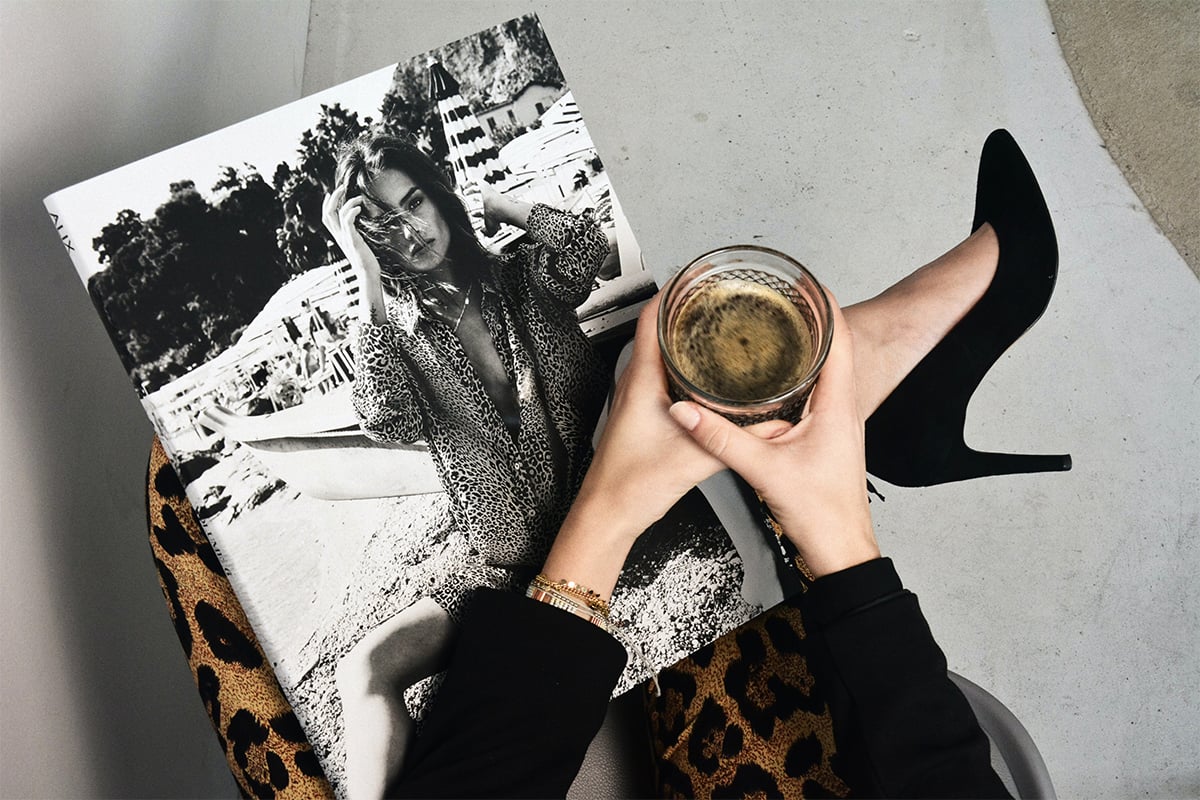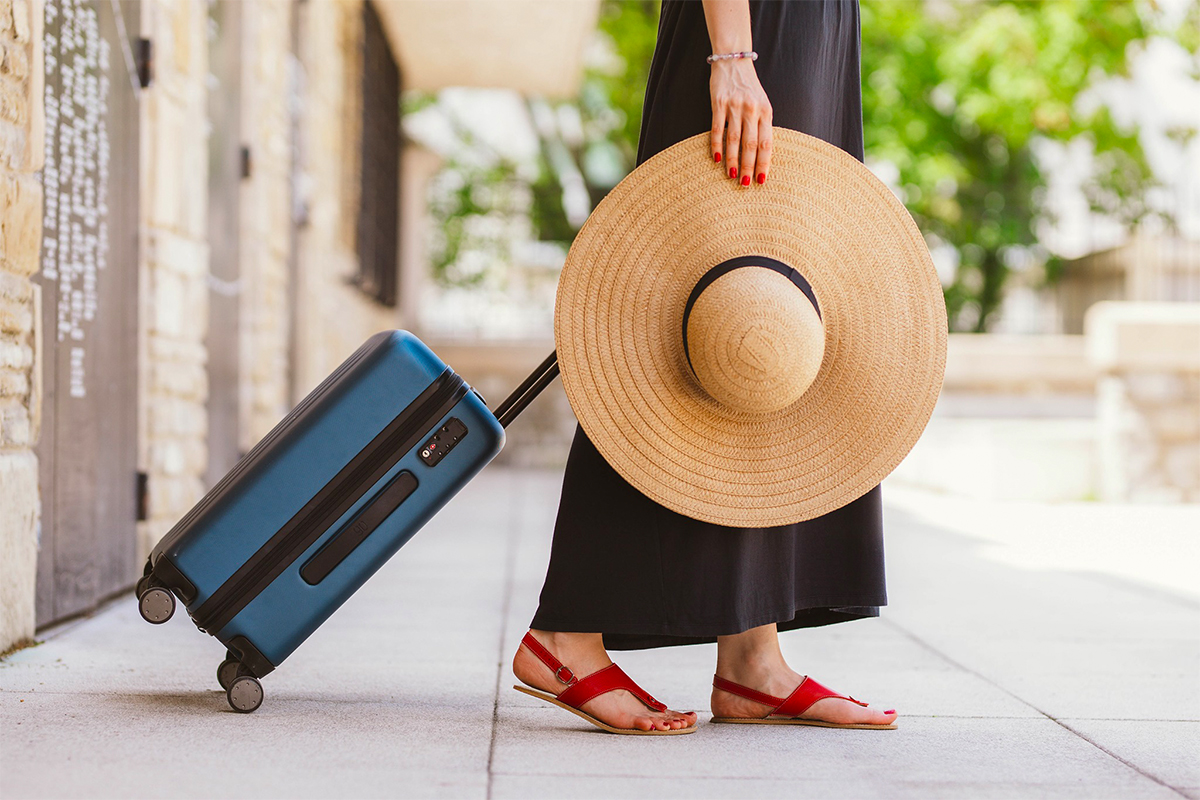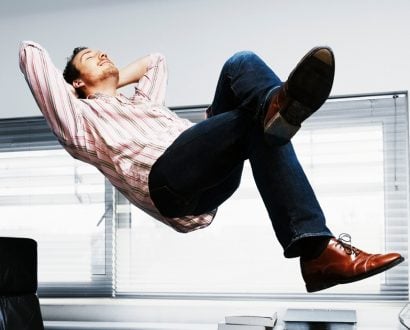If you’re one of the shoeless individuals who has made use of less than a third of their wardrobe over the past few months, you might be surprised to learn that your feet may be secretly thanking you while you contemplate opportunities to dress them up again.
If the return to ‘normal’ shoes doesn’t pan out to be seamless, you’re certainly not alone. Tricia Salcido, CEO of Softstar Shoes, a US-based minimalist footwear company remarks, “Many customers tell us they noticed their feet changed during the pandemic. Shoes that previously fit well are now too tight, too short and too painful to wear.”
From early memories of getting your feet measured and learning how to tie laces, to observing what others are wearing and the sound of heels making contact with the ground, footwear has been an accepted part of life.
However, do shoes have a function other than protecting and styling our feet, and are there any consequences as a result? If so, should we do without them altogether?
The issue with modern shoes

Like many things in life, it turns out that the answer to this question is not that simple. Research by Daniel Lieberman, Professor of Human Evolutionary Biology at Harvard University, speaks about two new dynamics that have emerged. The first is that our feet, which are adapted for past environments, are dressed in comfortable or sexy shoes that cause problems – notably flat feet – leading us to treat the symptoms while continuing to wear shoes. The other, newer pattern sees individuals choosing to forgo shoes entirely in response to feet that have been weakened by them, without slowly adapting, which can cause injuries and therefore return to the start cycle by wearing shoes again.
Lieberman also points out that modern shoes reduce the amount of work our feet have to do with an array of features that range from arch support and stiff soles to cushioned heels, all of which offer comfort and protection at the expense of strength and sensory feedback. This is confirmed by recent Liverpool University research that found foot strength increased by 60 per cent over a six-month period for those who spent 70 per cent of their time either barefoot or wearing minimalist shoes.
Juraj Fehervari, CEO of Be Lenka, a European barefoot shoe company confirms that “People come to the barefoot industry as a solution, by getting a recommendation from their physiotherapist, and start wearing them. Interest in barefoot shoes is growing because awareness is increasing, the products themselves are improving, and they can better compete with traditional footwear.”
Why choose barefoot shoes?
“There’s evidence that cushioned heels change the way the foot functions,” Lieberman explains. However, the Harvard researcher also reminds us, “We started wearing shoes for a reason. They’re comfortable and they protect our feet, so there are benefits and costs.” This is where barefoot or minimalist shoes come into play, offering the best of both worlds: protection without compromising sensory feedback and strength.
Podiatrist and Professor at the College of Science, Health and Engineering at La Trobe University, Hylton Menz adds, “The two main issues with people’s footwear are poor fit and heel elevation.” He suggests that individuals of all ages should consider shoes with “a low, broad heel, a thin and flexible sole, and some kind of lace, strap or Velcro to ensure the shoe stays firmly attached to the foot”.
Vivobarefoot, which is one of the world’s leading minimalist footwear brands, has a steadily growing revenue that peaked at around US$35.5 million in 2019.
Underpinning its public health campaign ‘Shoespiracy’ is the research-backed idea that shoes with thick soles, extreme cushioning and narrow toe boxes weaken our feet over time and restrict them from how they would function normally. In fact, it has been proven that ditching these features and opting for alternatives that mimic your bare feet makes them both stiffer and stronger.
The campaign is supported by numerous human movement specialists, medical doctors, chiropractors and athletes, including Dr Rangan Chatterjee who is known globally for his work as an author and podcaster informed by over 20 years of experience as a British physician.
“Many customers tell us they noticed their feet changed during the pandemic. Shoes that previously fit well are now too tight, too short and too painful to wear.” – Tricia Salcido
“Big athletic brands are making big-money businesses selling ‘stabilising’ sneakers that only present a slightly less destructive alternative to their traditional offering, attempting to reduce – not reverse – the damage their very shoes and ‘innovation’ are causing,” explains Galahad Clark, Founder of Vivobarefoot.
Today, almost every major footwear company, from Nike and Adidas to New Balance and Brooks, has its own variation of minimalist athletic shoes that are designed to complement their existing lines.
“We’re seeing virtually every shoe now being offered in lighter weights than its previous counterpart was, and I think this is truly revolutionising the shoe business,” explains Matt Powell, an analyst with SportsOneSource.
In addition to the health benefits, many barefoot companies are using high-quality materials and employing local workers, which appeals to the values of consumers.
“Most of our customers seek us out for similar ethos and find value in the superior and consistent quality we are able to offer by making our product to order just for them,” Salcido explains.
“Softstar is able to produce far more sustainably by producing product to order, contrary to the mass-market approach of making huge product runs and landfilling/destroying those designs or sizes that don’t sell. As customers shift to using their purchasing power to support better businesses, more companies will return to local manufacturing.”
4 Simple rules for healthy feet

Find a flexible fitting shoe
The ubiquitous rigid office or school shoes that restrict the natural movement of your feet aren’t the most friendly option. Instead, look for alternatives that enable bending and flexing movements, and which mould to the shape of your foot as opposed to the other way around.
Minimise high heels
This may be the most difficult one for women to eradicate, but high heels can cause lower back and forefoot problems, according to research. For those who are unable to do without them, rotating shoes ensures a greater range of motion.
Choose a wide toe box
Your toes should be able to spread themselves easily as you move your feet, which is not the case with narrow toe boxes that force your toes together.
Opt for zero-drop soles
According to Lieberman, “Stiff soles reduce the amount of work your foot muscles do,” so therefore thin, flexible soles that don’t vary in thickness from heel to toe tip encourage foot strength.
Read Next: 15 ways to look after your mental health







